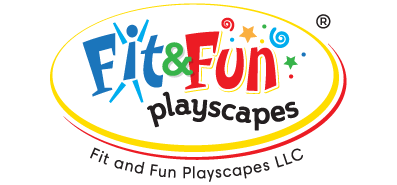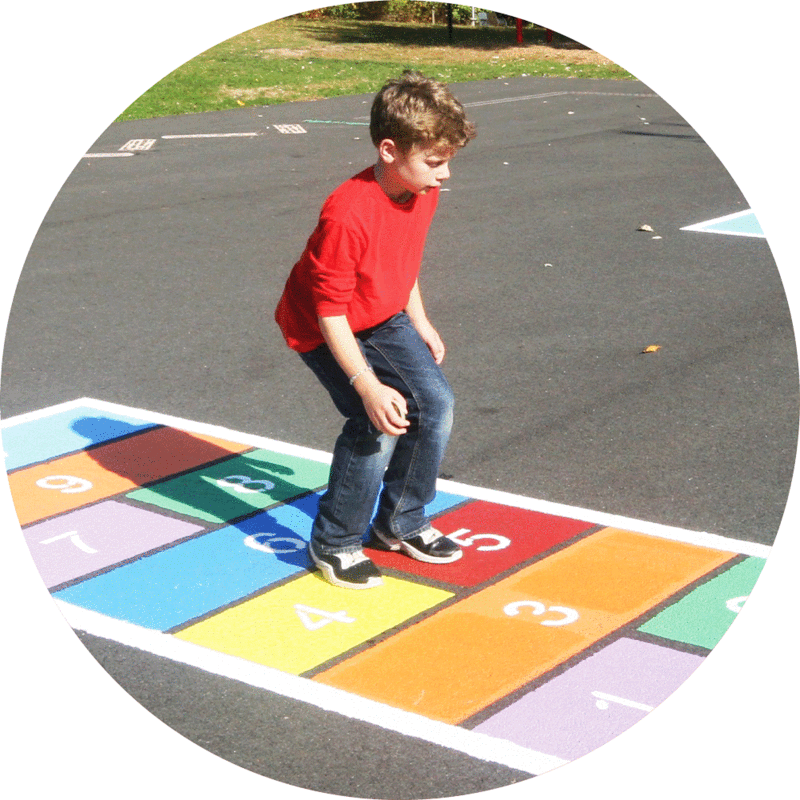Sensory Pathway Resource Center
We’re pleased to provide you with our Sensory Pathway Resource Center, the hub of all things sensory pathway related! Here, you can access all of our sensory pathway products and learn more about what exactly a sensory pathway is and how your school, playground or community can benefit from having one.
For almost a decade now, we’ve been creating outdoor playground stencils, movement opportunities and activity circuits, and we've since expanded into indoor graphics that stick to floors and walls as well as portable recess activities that can be used anywhere. Today, we sell more than 200 products, many of which can be used for your sensory pathway needs, both indoors and outdoors.
Keep checking back as we continue to add more features and information to this page!
Why Sensory Pathways Are Important
Sadly, many children’s sensory pathways, and ultimately their sensory systems of the body, are simply not challenged enough. If the sensory system is under stimulated, our bodies often seek out ways to find stimulation to satisfy that need. Providing a comprehensive approach to ensuring that children have ample opportunities to engage in daily physical activity (by increasing opportunities to experience new sensory pathways) is critical to development. When sensory pathways are created in a meaningful and thoughtful way, they can contribute to a child’s overall health and daily well-being.
Now Offering: Free Virtual Meeting – Sensory Experiences & Continuity
Learn the basic concepts, planning strategies and management tips from our founder Pamela Gunther (architect and planner) and Dr. Timothy Davis of SUNY Cortland's Dept of Physical Education, Sensory Integration Motor Sensory and Multi-Sensory Environment (SIMS/MSE) Lab.
From the Experts
The Science Behind the Senses
Sensory Essentials: Vestibular/Tactical/Proprioception Senses
Difficulty with Self-Regulation and the Importance of Sensory Motor Skills
Providing Additional Sensory Motor Opportunities by Enhancing Sensory Pathways
The above articles are written by Timothy D. Davis, Ph.D., CAPE, Associate Professor, SUNY Cortland, Department of Physical Education
Check Out Our Sensory Pathway Blog Posts
Sensory Pathways: What the heck are those?
Effective Sensory Pathway Design: A Conversation with Timothy D. Davis, PH.D.
SEE THEM IN ACTION!




